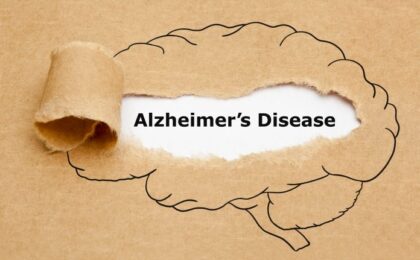What is Diabetes Mellitus?
Diabetes is a chronic (long-lasting) health condition that affects metabolism of Food and conversion of Energy.
Diabetes is a chronic disease that occurs by mainly two reason
- Food you eat is broken down into sugar (also called glucose) but when the pancreas does not produce enough insulin (Insulin acts like a key to let the blood sugar into your body’s cells for use as energy)
- The body cannot effectively use the insulin it produces.
Hyperglycaemia, or raised blood sugar, is a common side effect of uncontrolled diabetes and over time leads to serious damage to many of the body’s systems, particularly on the nerves and blood vessels.
What are the Types of Diabetes?
| Points | Type 1 Diabetes | Type 2 Diabetes | Gestational Diabetes |
| Reason | Type 1 diabetes is due to Autoimmune reaction (the body attacks itself by mistake) that stops your body from making insulin. Previously known as insulin-dependent, juvenile or childhood-onset | With type 2 diabetes, your body doesn’t use insulin well and body becomes resistant to insulin. Formerly called non-insulin-dependent, or adult-onset) | Gestational diabetes is hyperglycaemia with blood glucose values above normal but below those diagnostics of diabetes. |
| Occurrence | It’s usually diagnosed in children, teens, and young adults. | More than 95% of people with diabetes have type 2 diabetes It develops over many years and is usually diagnosed in adults (but more and more in children, teens, and young adults). | Gestational diabetes occurs during pregnancy Gestational diabetes usually goes away after your baby is born but increases your risk for type 2 diabetes later in life. |
| Symptoms | Extreme Hunger Increased Thirst Weight Loss Frequent Urination Blurry Vision Tiredness | Increased Hunger Increased Thirst Increased Urination Blurry Vision Tiredness Sores that are slow to heal | Gestational diabetes doesn’t have any symptoms. The condition is often detected during a routine blood sugar test or oral glucose tolerance test |
| Treatment | Insulin | Alpha-glucosidase inhibitors Biguanides DPP-4 inhibitors Glucagon-like peptides Meglitinides SGLT2 inhibitors Sulfonylureas Thiazolidinediones | Exercise and try to lower sugar level. Consult your doctor. |
Type 2 diabetes Drugs Details:
| Class of Drugs | Example of Drugs | Mode of Action |
| Alpha-glucosidase inhibitors | Acarbose and miglitol | Lowering the body’s breakdown of sugars. |
| Biguanides | Metformin | They work by reducing the production of glucose that occurs during digestion. |
| DPP-4 inhibitors (Dipeptidyl peptidase-4 inhibitor) | Linagliptin , saxagliptin, and sitagliptin | Improve blood sugar without making it drop too low by blocking the enzyme dipeptidyl peptidase-4 |
| Glucagon-like peptides | Dulaglutide, exenatide, and liraglutide. | Change the way body produces insulin |
| Meglitinides | Nateglinide and repaglinide . | Induce insulin secretion from pancreas by stimulating pancreas. |
| SGLT2 inhibitors | Canagliflozin and dapagliflozin . | Release more glucose into the urine by preventing the kidneys from reabsorbing glucose back into the blood. |
| Sulfonylureas | Glyburide, glipizide, and glimepiride. | Increase insulin by stimulating pancreas to release more |
| Thiazolidinediones | Pioglitazone and rosiglitazone. | Oral hypoglycaemic (a medicine that lowers blood glucose levels) and help insulin work better |
Differentiation between diabetes insipidus and Diabetes Mellitus.
Diabetes insipidus (DI): It is an infrequent condition that arises when body kidneys are not able to conserve water.
Note: Details are for Education purposes only.
Read more about
Alzheimer’s: https://pharmasciences.in/lifestyle/alzheimers-disease/
Asthma: https://pharmasciences.in/health/asthma/
Sources:
https://www.who.int/news-room/fact-sheets/detail/diabetes



